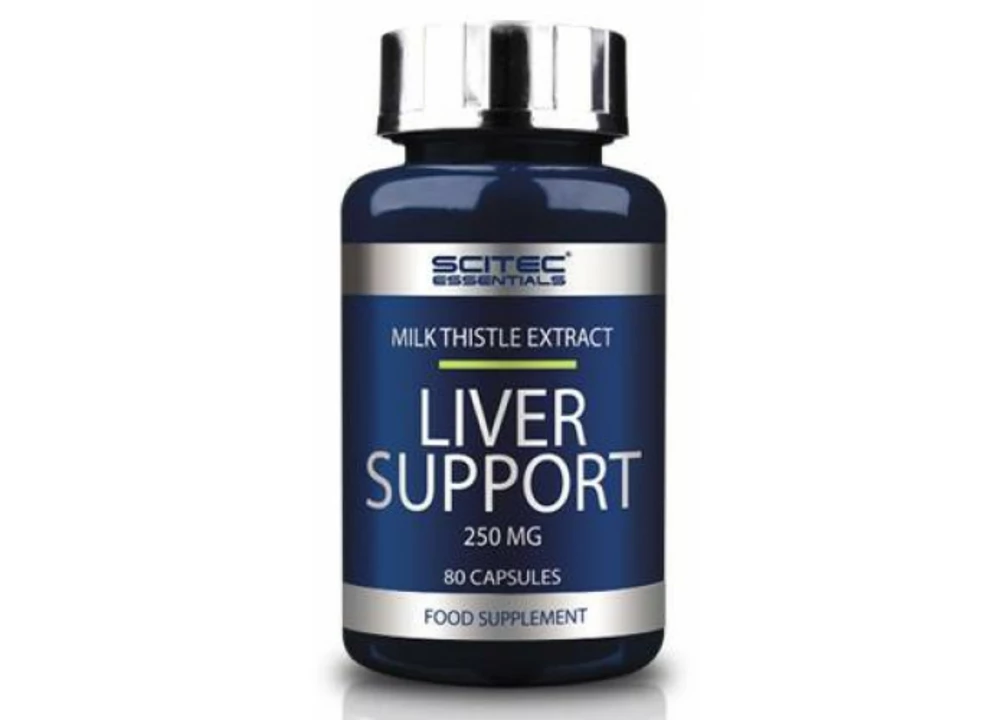Minerals checklist: what to watch for and what to eat
Missing a mineral can make you feel tired, cranky, or just off. This checklist helps you spot common mineral gaps, shows the best foods to fix them, and tells you when a supplement or blood test makes sense. No jargon—just clear steps you can use today.
Quick checklist: common minerals, daily targets, and red flags
Calcium — Aim about 1000–1200 mg/day for most adults. Low calcium can mean weak bones, muscle cramps, or numbness. Eat dairy, fortified plant milks, tofu, canned salmon with bones, and leafy greens.
Magnesium — Target ~310–420 mg/day. Watch for muscle cramps, trouble sleeping, and constipation. Good sources are nuts (almonds, cashews), seeds, whole grains, beans, and spinach. If you supplement, keep supplemental magnesium under 350 mg/day unless advised by a doctor.
Iron — Women of childbearing age often need 18 mg/day; men and older women about 8 mg/day. Signs of low iron: fatigue, pale skin, shortness of breath. Best food sources: red meat, poultry, shellfish, lentils, beans, and spinach. Pair plant iron with vitamin C (orange juice) to boost absorption.
Zinc — Aim for 8–11 mg/day. Low zinc can show as slow wound healing, hair loss, or altered taste. Eat oysters, beef, pumpkin seeds, and chickpeas. Don’t exceed ~40 mg/day in supplements without medical advice.
Potassium — Target about 2600 mg (women) to 3400 mg (men) from foods. Low potassium may cause muscle weakness and cramps. Get potassium from bananas, potatoes, beans, yogurt, and leafy greens. Avoid overdoing salt—most people get plenty of sodium already.
Iodine — Around 150 mcg/day for adults. Low iodine affects thyroid function and energy. Use iodized salt, seafood, and dairy if you’re low.
How to use this checklist and next steps
Start with food first. Try adding one high-mineral food a day for two weeks and note how you feel. If you have persistent fatigue, hair loss, heavy periods, or unusual muscle problems, ask your GP for targeted tests (ferritin for iron, serum zinc, iodine or thyroid checks if needed). Blood tests are the reliable way to confirm a deficiency.
When to consider supplements: if tests show a deficiency, if your diet is restricted (vegetarian/vegan), or if a doctor recommends them. Be careful with timing—calcium and iron compete for absorption, so take them several hours apart. Magnesium and zinc can upset a sensitive stomach; start with low doses.
Final practical tip: keep a one-week food log and check this list. If you regularly miss two or more items (dairy or fortified milk, legumes, nuts/seeds, seafood, and leafy greens), talk to your clinician about testing. Small food changes often fix most gaps without pills.

In today's blog, we're going to discuss the importance of chelated minerals and how to make sure we're getting all the essential minerals our body needs. Chelated minerals are minerals bound to organic molecules, which makes them easier for our body to absorb and utilize. To ensure we're getting enough, we should focus on eating a well-balanced diet, rich in whole foods like fruits, vegetables, and whole grains. Additionally, we can consider taking high-quality chelated mineral supplements if needed. Stay tuned as we dive deeper into the benefits of chelated minerals and tips for incorporating them into our daily routine.






